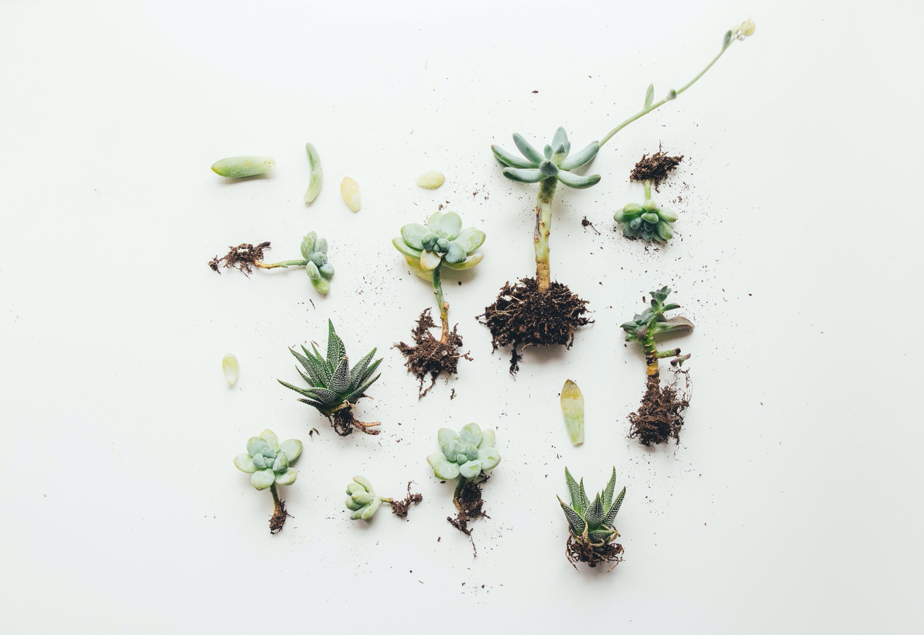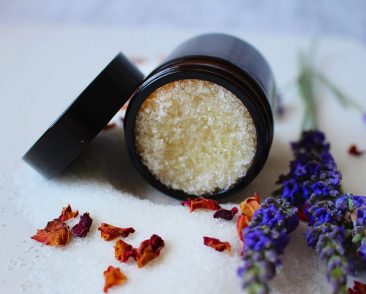As landfills skyrocket and plastic litter our oceans, many of us want to do our part to live more of an earth-friendly life. Perhaps you’ve already taken the first steps to reduce your waste and plastic consumption, but now you want to dive a bit deeper. But how do you do it?
Here at Makeena, we believe that there are four elements that help all of us live more of an earth-friendly lifestyle. These elements have helped us be more conscious of our environmental choices and impact, and we believe they can help you, too.
Preparation
The first step to any new endeavor is preparation. In order to live a more earth-friendly lifestyle, ask yourself which necessary materials you might need in order to get started. If possible, see if you can get them second-hand.
Collect glass and metal containers in order to store bulk pantry goods — you can grab these from consignment stores or check online to see if you can pick them up from a friendly neighbor who has extras to donate. Purchase or consider sewing your own cloth produce bags and shopping bags to cut out plastic excess plastic use when shopping.
In addition, take some time to learn about your city’s recycling programs that are currently in place. If public authorities aren’t already doing their part in your neighborhood, here is a step-by-step plan to help you get started in taking the initiative in your area.
What about composting? Composting returns valuable nutrients to the soil and acts as a natural fertilizer. Furthermore, composting reduces landfill waste, reduces our dependence on fossil fuels, and it can even save us money. There are just a few things you need in order to get started composting. SodGod is a great resource for compost beginners, you can read more about setting up your own compost here. Composting isn’t just for those with backyards—it even shares instructions on composting if you live in an apartment!
Planning
Once you have all the materials you need to start, it’s time to begin planning ways to be more earth-friendly. Think about a time where you went grocery shopping without a list in mind—did you end up with things you didn’t need and perhaps more waste?
The same goes for living more earth-friendly. The less we plan, the more likely we are to take shortcuts when we are crunched for time or not make the best choices environmentally when we don’t have a vision in mind.
The solution? We recommend a bullet journal, and not just for grocery-related lists. While you can most certainly keep a grocery list in the journal, you can add tons of other categories in, too, especially as you are learning. Here are some of our favorite uses in addition to the grocery list:
- Keeping track of seasonal produce local to your area—make a list for every season and plot down each fruit or vegetable’s growing season when you learn about it
- Meal planning
- Garden planning
- Inspirational websites that share DIY projects to live more environmentally friendly
- Goals and steps to make each room in the house greener, broken down by specific rooms — i.e., ways to remove all plastic from the bathroom
When we’re lacking the inspiration one day to plan our week, the bullet journal also serves as a good reminder of how much we’ve already accomplished and how much more there is that we can do!
Budget
Eating organic and local foods are better for the environment, but they can be expensive. Apps like Makeena help you to stretch every dollar further, and it’s so easy to use. After you download the app, whenever you purchase organic produce, you just snap a photo of your receipt and share it within the app for cashback offers and rewards. You’ll also be able to discover and connect with new brands that support the same environmentally conscious lifestyle.
While cashback offers and rewards help to get healthier foods into your home, the money mindset shouldn’t stop there. According to the Environmental Protection Agency, wasted food is the single biggest occupant in American landfills.
When teaching about cooking, Chef Alice Waters recommends in her Masterclass to organize all your perishables as soon as you return home. Determine which foods will spoil quickly and therefore need to be eaten first; then plan your remaining meals accordingly.
Not only will you then enjoy your produce when it’s at its freshest and most delicious, but you will avoid food waste from spoiling in the process.
Time
As you might have surmised from reading this far – it takes time to live a more earth-friendly lifestyle, from building a plastic-free pantry to planning your shopping and meals to setting up a compost pile. And when we find ourselves without a plan and short on time, it’s easy to grab-and-go and perhaps not make the most eco-conscious choices. But, like anything, the more we practice living an earth-friendly life, the easier and more natural it will become, and soon it will feel like it doesn’t take any extra time at all.
And if you find yourself occasionally slipping up, don’t be too hard on yourself and give up on striving towards a more earth-friendly lifestyle; it’s easy to get back on track! Perhaps chef Anne-Marie Bonneau said it best,
“We don’t need a handful of people doing zero waste perfectly. We need millions of people doing it imperfectly.”




